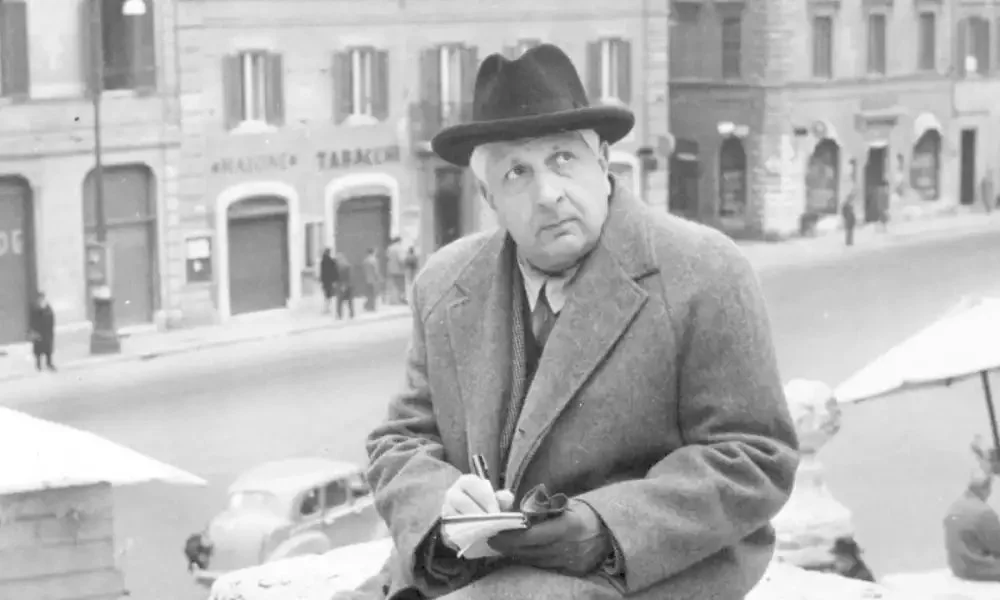© Galleria d'Arte Maggiore g.a.m. | Giorgio de Chirico
Giorgio de Chirico - Italian (1888-1978)
Giorgio de Chirico is best known as a co-founder of the Scuola Metafisica art movement that blossomed in Italy at the start of the 20th century. With disquieting, dreamlike paintings of low-lit town squares populated with marble statues, trains, mannequins, and extended shadows, he illustrated the mysteries of the mind. The artist deliberately distorted perspectives and reduced shapes into flattened planes. De Chirico profoundly influenced the Surrealists—including André Breton, Salvador Dalí, and René Magritte—but while they took inspiration from Freudian psychoanalysis, de Chirico cited the philosophies of Friedrich Nietzsche and Arthur Schopenhauer as his great influences. Today, de Chirico’s work can be found in the collections of the Museum of Modern Art, the Tate, and the Peggy Guggenheim Collection, among others. On the secondary market, his canvases frequently command seven-figure prices. In the 1920s, de Chirico rejected the metaphysical style he’d pioneered the previous decade and adopted a more traditional mode of painting.
selected artworks
Discover more about Whispers of the Soul


